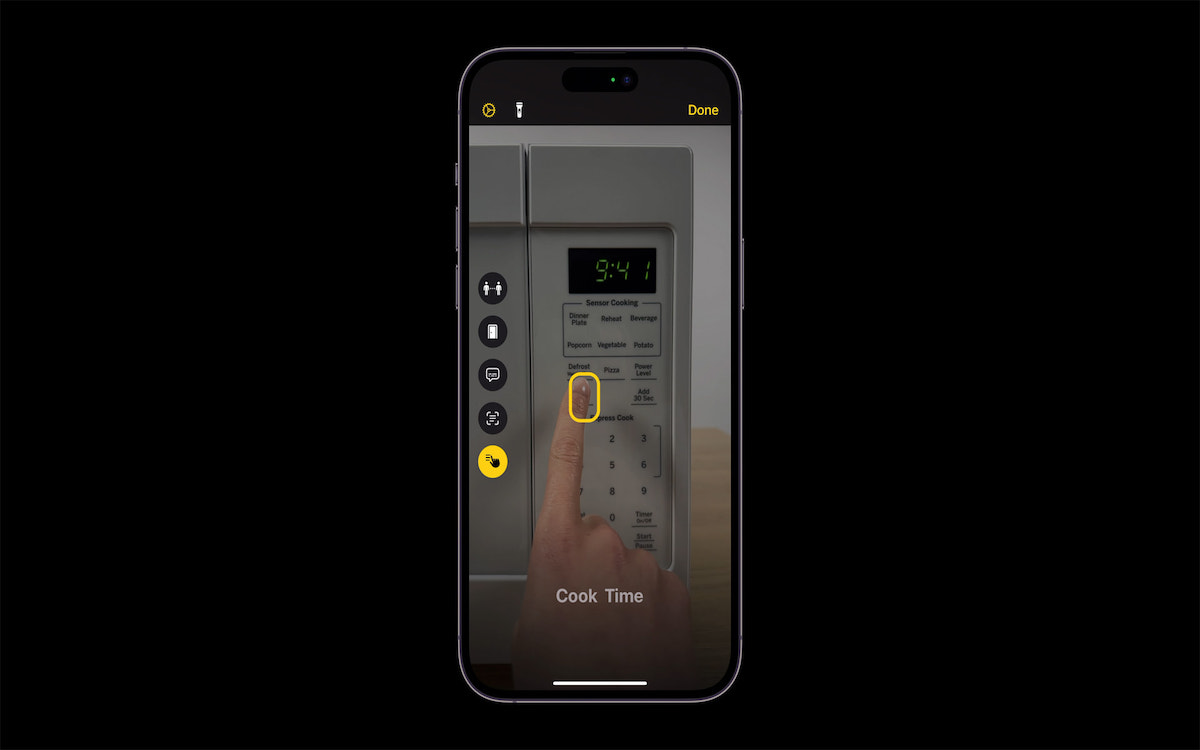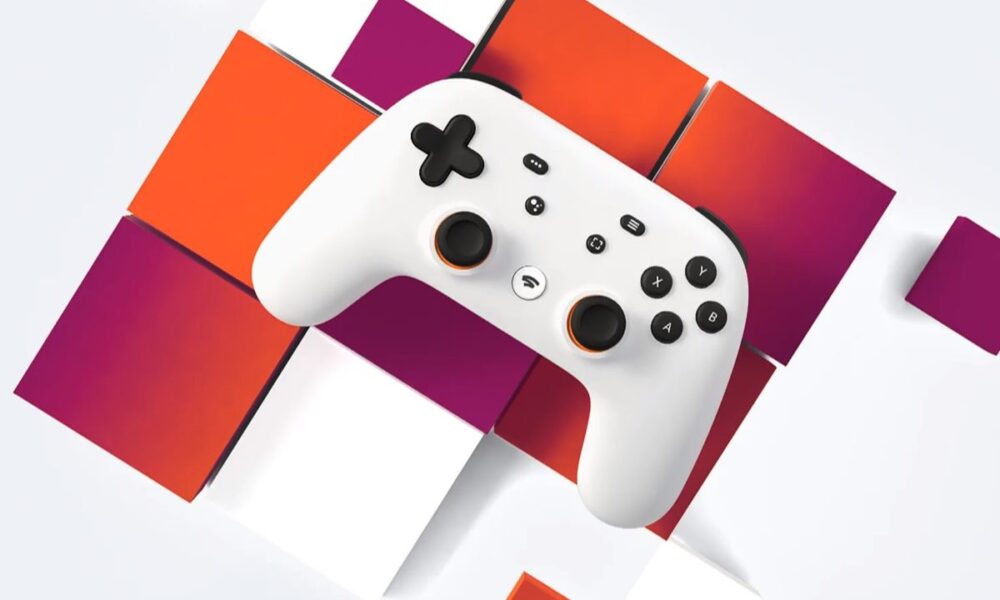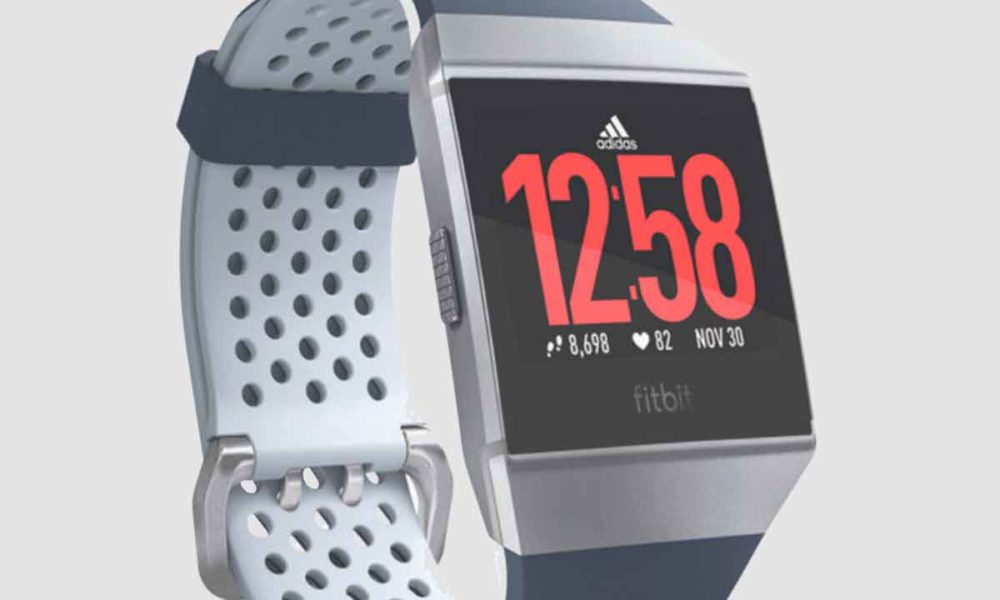
Apple has announced the imminent launch of many accessibility features on iPhone and iPad. The most impressive will probably be Personal Voice, which will allow an iPhone to reproduce your voice.

Apple released a Press release in which the company announces the new cognitive accessibility, language and vision features that should arrive later this year on iOS 16 and iOS 17. Of all these tools, the most spectacular is likely to be Personal Voice (Personal Voice), thanks to which “we can create a personal voice by reading a series of random texts”. Fifteen minutes of audio from this source material will be enough for the iPhone or iPad to faithfully reproduce the voice of the user through the grace of machine learning.
To read – Apple will cut off access to FaceTime, Siri, and other iMessages on older iPhones
This accessibility feature is intended for users who, like those with Charcot’s disease, “run the risk of losing their ability to speak ». Live Speech on iPhone, iPad and Mac will allow users to enter the phrases they want the device to vocalize during a phone call or on FaceTime.
The iPhone will imitate the voice of users who have language impairments
The company’s engineers acknowledge that “technology often poses physical, visual or cognitive challenges for these individuals.” La Loupe will thus win a very useful new feature: “Point and Speak”. Visually impaired users will be able to “interact more easily with physical objects with multiple text labels. For example, when using a microwave, Point and Speak will combine data from the Camera app, LiDAR scanner, and machine learning from the iPhone to vocalize the text of each button when the user moves his finger on the device.

Function “Assistive Access” will personalize and simplify the use of the iPhone or iPad to improve the experience of users with cognitive disabilities. The smartphone interface will be reduced to its simplest form, with large buttons, larger colors and fonts. And for users who prefer to communicate visually, Messages will offer an emoji-only keyboard.



